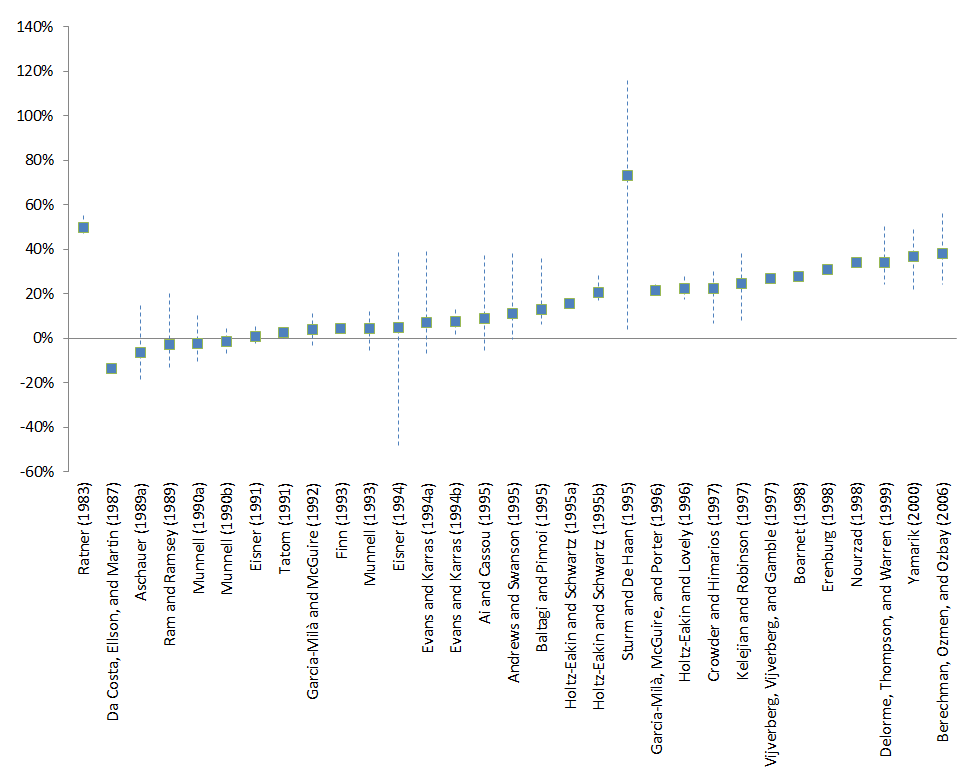Infrastructure, what is it good for?
I’ll cut to the chase. (My fingers are tired, so no preamble).
Why are so many national politicians and pundits so willing and eager to spend trillions on wars in foreign countries, but not invest in domestic infrastructure?
We’ve all heard the numbers from Biden’s infrastructure plan, and how they’ve continued to shrink. The most recent I’ve heard is $2 trillion over ten years, and that struck a nerve with me.
According to research from Brown University, the United States has so far spent more than $2 trillion in Afghanistan since 2001. That’s to say nothing of Iraq or any other conflict in the last twenty years. And it doesn’t include the money that will need to be spent on future veteran care and interest on government borrowing to fund the conflict.
And that is to say nothing of the 243,000 total—U.S. Military(2,324), civilians(70,418), journalists(161), aid workers(551), and others—who died in the conflict.
The only representative in Congress that voted against the Authorization for Use of Military Force that presidents have used to execute that war and others since 2001 was Rep. Barbara Lee.
To my knowledge (and internet search capability), the only attempt to end the indefinite authorization took place in 2017 when a bipartisan group of politicians in the House Appropriations Committee approved an amendment from Rep. Lee that would have ended the authorization after 240 days, but a Rules Committee led by Sen. Paul Ryan made the decision to remove the amendment before it took any effect.
So when it comes to spending money attacking our adversaries, defending foreign interests, and nation-building (which I can only assume means protecting U.S. companies that are extracting resources from other countries), the money pit is bottomless, and nearly every Senator and Representative has a shovel and gets in line.
But when it comes to spending money here at home, putting Americans to work by procuring health and child care, putting money into rebuilding roads, modernizing by expanding communications networks, and streamlining travel by rebuilding airports, the budget does nothing but shrink and shrink. This week we watched $1.5 trillion melt away before our eyes.
I think one important thing to remember is that when we spend money improving America’s infrastructure, that money goes into the pockets of American businesses and laborers. The same businesses and laborers also benefit from the improvements themselves. When we spend at home, we win twice!
And while I think it would be hard to argue Afghanistan turned out to be a good investment for the United States, spending on infrastructure is a solid financial investment.
From the Economic Polic Institute, adapted from a table in Bom and Ligthart 2014.
The chart above shows that according to a variety of studies, infrastructure can easily return 20% over what’s invested. The average minimum rate of return is 6.1%, which is still pretty good, and better than the standard that the Congressional Budget Office uses for analysis.
So why are politicians so slow to spend at home?
Maybe we’re not asking loud enough.

